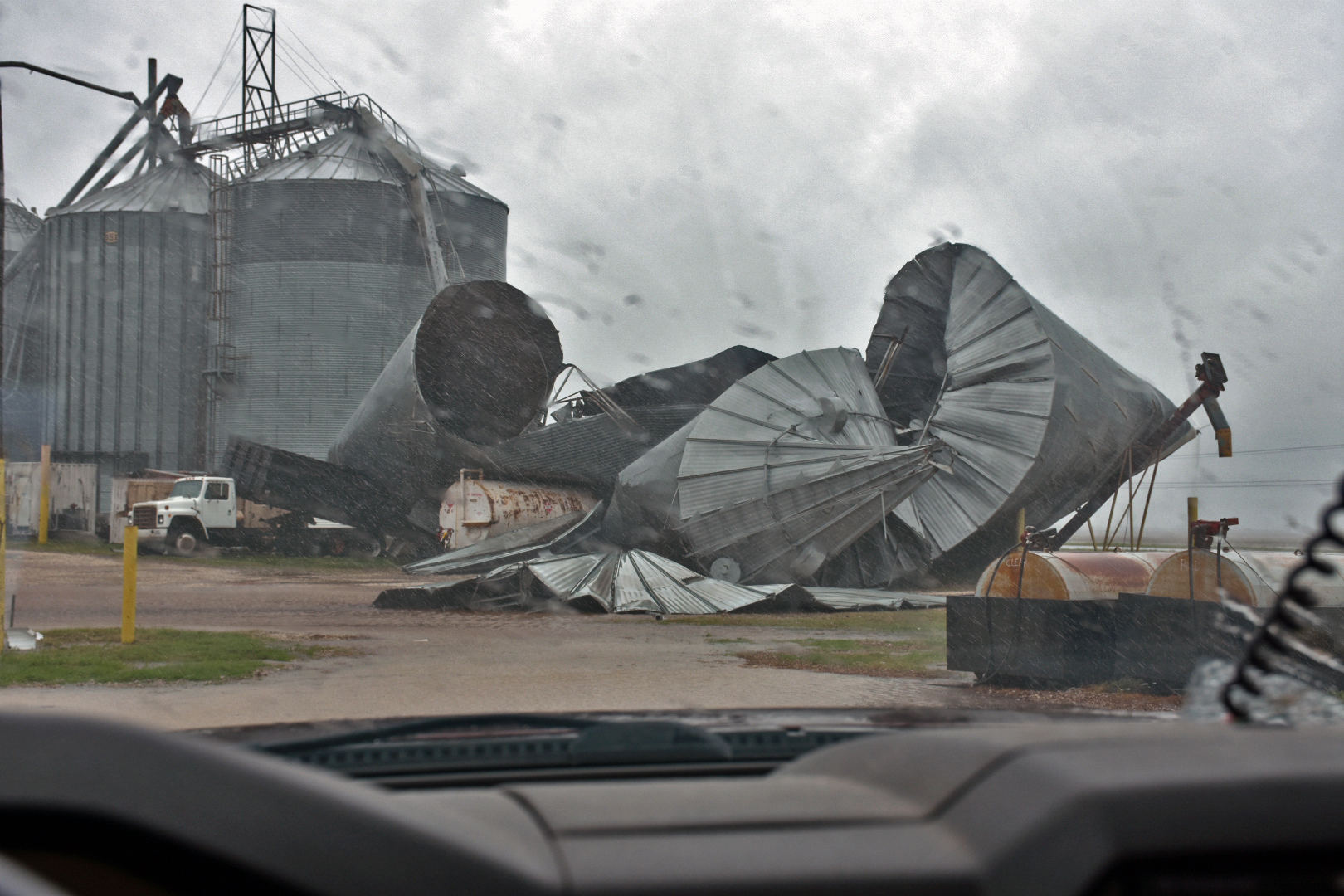Texas cotton producers hardest hit by the storm
By Diego Flammini
News Reporter
Farms.com
Hurricane Harvey, which slammed Texas in August and September, has caused about $200 million in damages to state agriculture, according to Texas A&M AgriLife Extension Service economists.
Texas cotton farmers appear to have suffered the greatest losses of producers in the state.
Cotton producers lost about $100 million, according to the economists. The losses include about 200,000 bales of cotton lint on the stalk, valued at $62.4 million. Another 200,000 harvested bales, valued at about $9.6 million, had degraded quality.
The damages are a big blow to the national leader in cotton production, says Dr. John Robinson, AgriLife Extension cotton marketing economist.
“The Southeast Texas cotton crop was set to be one of the best of all time,” he told AgriLife Today on Friday. “You’ve got reports from ginners who have ginning quality concerns related to seed coat problems, poor leaf grade and trash.”
Other producers across the state also experienced notable losses from the storm.
The Texas livestock industry lost approximately $93 million during Hurricane Harvey.
And for livestock producers, the losses also include feed and infrastructure, according to Dr. David Anderson, AgriLife Extension livestock economist.

Grain bins damaged by Hurricane Harvey.
Photo: USDA
“What you must take into consideration is the replacement costs of hay that was destroyed from the high flood waters,” Anderson told AgriLife Today on Friday. “We are right on the verge of entering winter feeding season and ranchers will have to find replacement hay that averages $63 per round bale.
“A rancher may typically feed two or more round bales per cow during the winter. Even if there isn’t hay available, they will still have to purchase some type of supplemental feed. All of this comes with a hefty price.”
Soybean and rice producers in Texas also experienced multimillion dollar losses.
Hurricane Harvey also destroyed $7.5 million worth of rice and $500,000 worth of soybeans in Texas, according to Dr. Mark Welch, AgriLife Extension grains marketing economist.
Farmers harvested most of the corn and sorghum before Harvey made landfall, he said.
Corn yields of 124 bushels per acre and sorghum yields of 103 bushels per acre were reported in some areas, he added.
Top photo: Damage to a Texas farm as a result of Hurricane Harvey
Photo: USDA